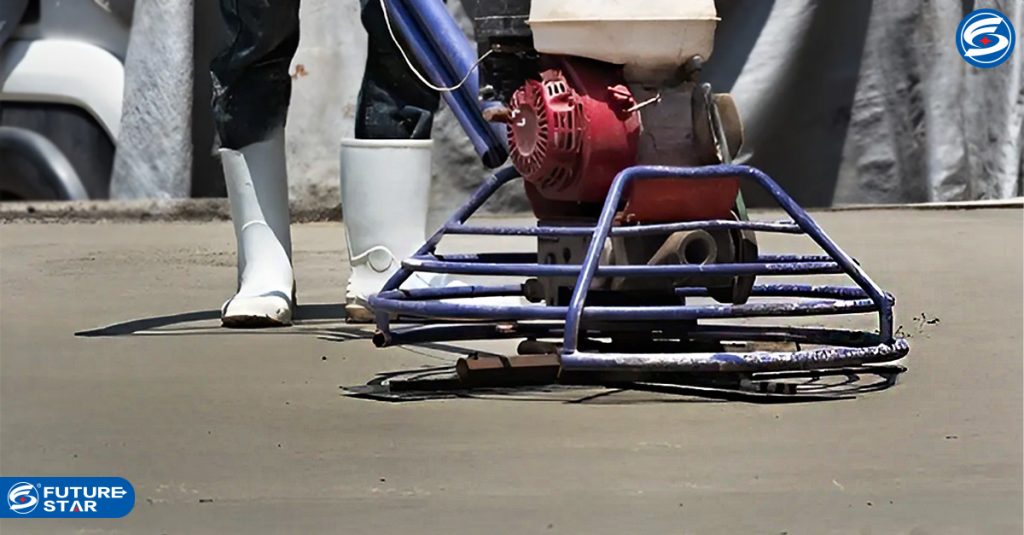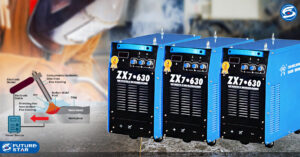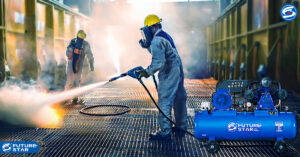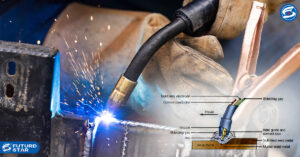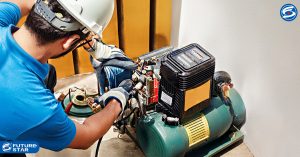Trowel is one important equipment in helping the concrete finishing process, especially on walls or floors.
Trowel machines will continue to be needed for various construction activities.
The construction of many buildings, houses, public service places is one of the basic basic needs for all living human beings. In the era of free economy, almost all over the world have massive development targets. Therefore, it is not surprising that almost work in the construction world will continue to require various equipment or machines to support the work. Trowel Machine is one of the important tools in helping the concrete finishing process, especially on walls or floors. In the finishing process plastering is needed to decorate the wall. The plaster work project refers to the construction or ornamentation that must be done using plaster such as plaster coating on interior walls. In addition, there are several stages to create more decorative moldings on the ceiling or walls.- In this article, we will know and understand the use of trowel machines in construction work. Here's what we have to pay attention to, namely:
- First, we need to learn how to operate the trowel machine with the traditional plastering method. Correct plastering technique is essential by only using the trowel to apply and finish the skim coat (a thin layer of drywall joint/mud compound that fills in small imperfections and leaves a smooth, clean finish). To achieve the good finish required you can combine firm pressure combined with the correct trowel angle (how far the front end is from the wall).
- Secondly, note that strong pressure will push the plaster to be flat and even. The pressure exerted through the trowel machine should be considered so that the flatness and angle are maintained as required.
- This specification is for the application of Special Construction Products fiber reinforced Masonry Leveling Compound (MLC) and finishing systems. MLC is a pre-mixed cement based plaster that can be easily applied as a single leveling/flanking coat over a variety of masonry backgrounds to produce a high quality flat and true surface.
- Specially developed plaster mixes contain a unique blend of aggregates, cement, proprietary ingredients and fiber reinforcements that enable easy application as a thin leveling layer to concrete blocks, brick walls and masonry surfaces. The masonry/brick substrate shall be installed in accordance with the manufacturer's specifications and recommended installation procedures. All pointing shall be done flush. Manufacturers required drying time should be allowed after brick placement to ensure all pointing has fully cured and the wall has stabilized.

